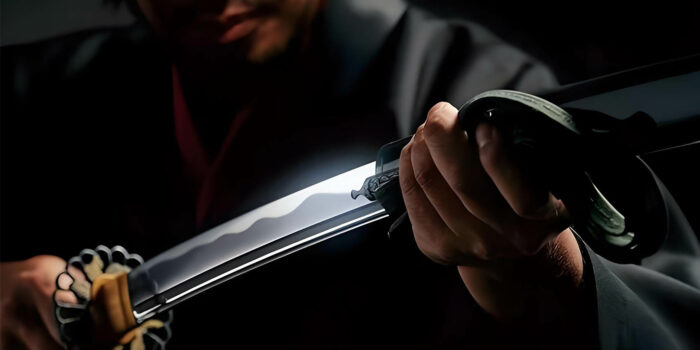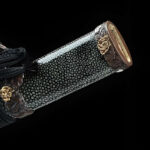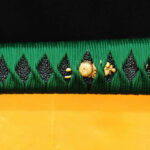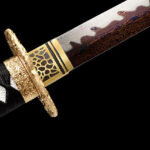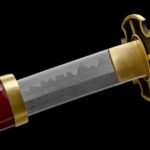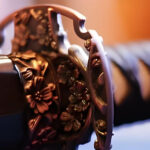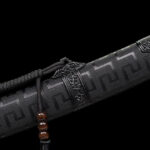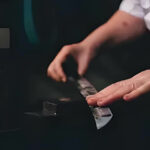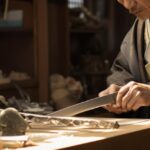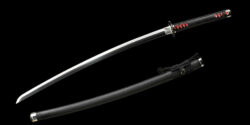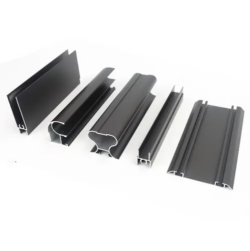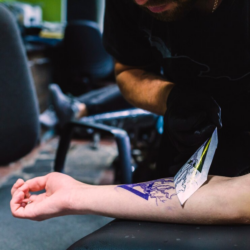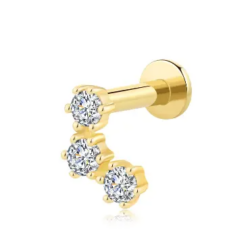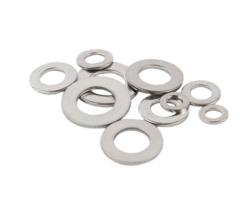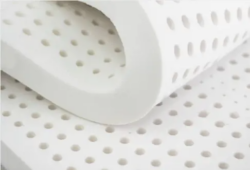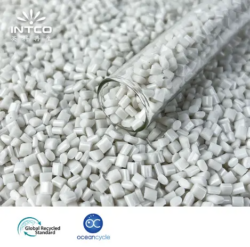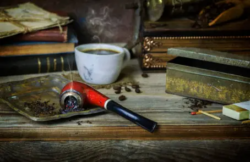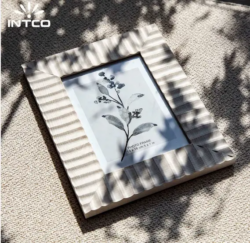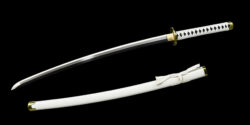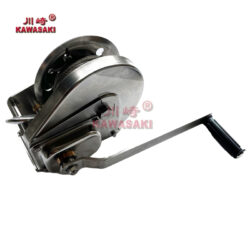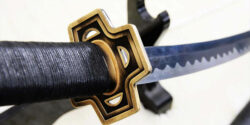Guide to Sword Maintenance: Essential Blade Care Techniques
Owning a cherished Japanese sword is an honor, but maintaining its condition requires dedication and knowledge. Proper care not only prolongs the lifespan of your sword but also preserves its unique aesthetic value. Below is a comprehensive guide to help you effectively maintain and protect your Japanese sword.
Step 1: Prepare Your ToolsBefore beginning the maintenance of your samurai sword, ensure you have the following essential tools:
- Powder Ball: Used for removing rust.
- Peg Remover: For removing the mekugi (pegs).
- Choji Oil: Traditional sword oil.
- Cotton Cloth: For applying and wiping oil.
- Clean Paper: For wiping the blade.
Optional tools include a sword pillow and bamboo spikes (you can substitute with disposable chopsticks).
Step 2: Remove the Pegs
- Remove the Pegs: Pegs are usually made of materials like bamboo, cow horn, or ivory, and they secure the sword components together. Pay close attention to the size and alignment of the peg during disassembly. Start by gently pushing from the smaller end to avoid damage.
- Disassemble the Handle: Be cautious while disassembling the handle to avoid accidental injuries from the sharp blade. Firmly grip the handle with your right hand and strike the base with moderate force using your left fist. You should hear a distinct metallic sound when the tang and handle components collide, indicating successful separation. The tang can then be easily removed by holding it with two fingers of your left hand.
Step 3: Apply PowderApply Powder: Lightly tap the powder ball on the surface of the sword. The powder typically contains animal bone powder and very fine whetstone powder to remove old oil stains.
Step 4: Wipe Off the PowderWipe the Powder: Gently wipe the surface of the sword in one direction using clean paper to avoid scratches. Repeat this process several times until the sword’s surface is clean and smooth.
Step 5: Inspect and Admire the SwordInspect and Admire: After removing the oil stains, carefully examine the sword for any damage. Use a light source to inspect details like the blade pattern and hamon (the hardened edge line).
Step 6: Apply OilApply Oil: Pour a small amount of Choji oil onto a piece of cotton cloth and spread it evenly over the surface of the sword. Allow the oil to dry, then wipe off any excess oil with clean paper to prevent rust.
Step 7: Reapply Powder (If Necessary)Reapply Powder: If needed, lightly tap the sword with powder again and remove any excess with clean paper to enhance the sword’s shine.
Step 8: Reassemble the HandleReassemble the Handle: Reattach the Habaki (blade collar) and handle components in sequence, ensuring the tang is correctly inserted into the handle. Secure the handle by inserting the peg and tapping it lightly with a small hammer.
Step 9: Store the Sword ProperlyStore the Sword: When sheathing the sword, ensure the blade faces upwards, and handle the sword calmly to avoid accidental damage from contact with the scabbard.
Conclusion
The advancement of modern culture and personal preferences has made the design of samurai swords more diverse. While traditional craftsmen preserve classic designs, they also integrate modern elements and cater to personal requirements. Innovations in manufacturing technology and global influences have expanded material choices beyond traditional Tamahagane to include stainless steel, carbon steel, and even alloys.
These new materials not only enhance the blade’s durability and cutting ability but also offer craftsmen greater creative possibilities to meet diverse customer needs and aesthetic preferences.Special materials and accessories may require unique care methods to ensure their long-term durability and optimal appearance. For example, stainless steel swords must be regularly cleaned and protected from rust, while carbon steel blades require special care to avoid moisture and regular anti-corrosion treatments.
During the design and production process, craftsmen provide tailored maintenance recommendations based on material characteristics and customer needs, ensuring that each katana maintains its best condition and unique charm .
Our shop offers a wide range of customized services
https://www.coolkatana.com/products/custom-sword
At some events, fans demonstrate their swordsmanship skills, paying tribute to anime’s legendary battles. Conventions even hold swordsmanship competitions, letting enthusiasts showcase their passion and creativity with these iconic weapons. Certain anime weapons hold special significance for fans, influencing anime swordsmanship and sparking interest in related merchandise.
Celebrations at various anime events further boost their popularity. These weapons symbolize strength and courage, leaving a lasting mark on the anime world.
